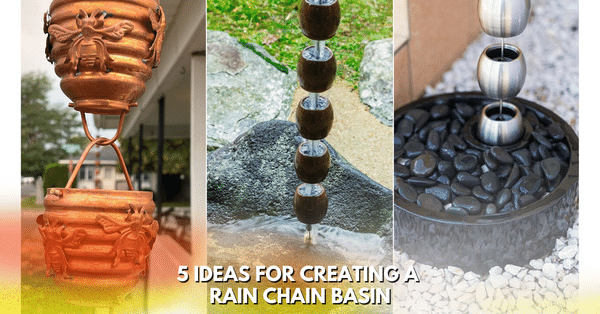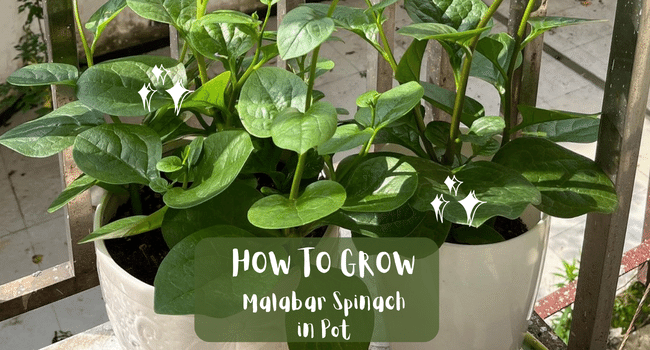10 Climbing Vines for Protection from Sunlight and Privacy
These fast-growing vines protect homes from sunlight and provide privacy as well. Also, many of these vines bear fragrant flowers providing additional value!
The scorching sun causes homes to heat up, especially if you live in tropical or subtropical regions. One natural and effective way to keep the heat in check is by covering up the exterior with climbing vines. Also, climbing vines replicate the impression of stately houses and historic estates with beautiful architectural design. In addition to protection from direct sunlight, you also get a free-of-cost privacy screen. If the vine is invasive, you must provide support structures such as trellis and regularly prune as some invasive vines can cause damage to the structure. Without further ado, here are some of the best climbing vines for protection from sunlight and creating privacy barriers.
1. Climbing Hydrangea
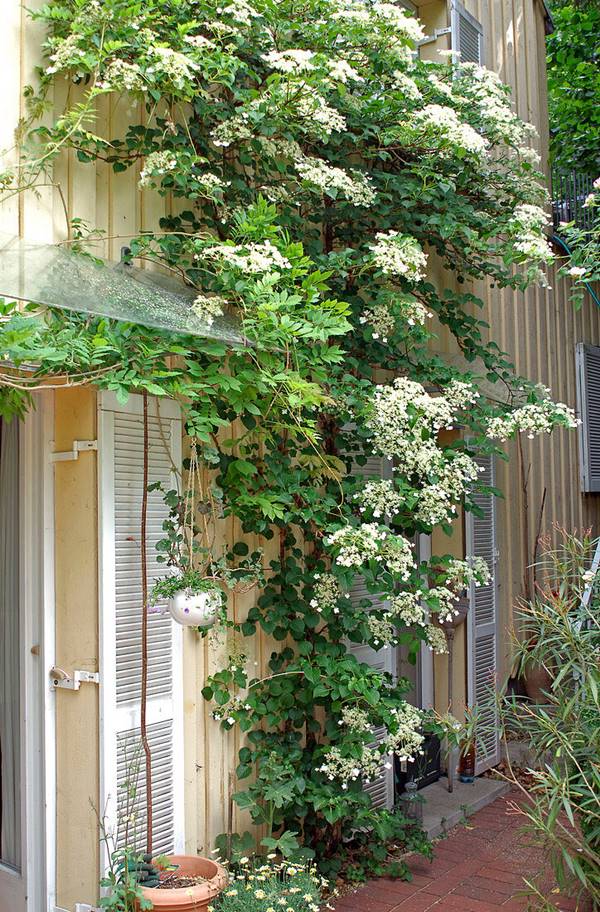
Botanical Name: Hydrangea petiolaris
It’s a slow-growing vining plant that takes 3-5 years to reach flowering age. Once mature its vines grow large and require sturdy support structure to bear the weight. Doing well in partial shade to full sun, climbing hydrangea blooms profusely in full sun.
2. Japanese Climbing Hydrangea
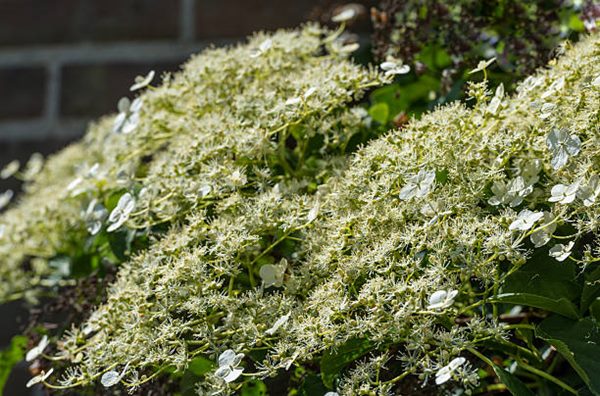
Botanical Name: Hydrangea anomala
Japanese hydrangea vines look stunning on any garden structure: brick or concrete walls, arbors, or gazebos. ‘Moonlight’ is a common cultivar that produces white blooms in summer, but there are cultivars with other hued flowers. It grows well in both sun and shade making it a versatile vine in location.
3. Sweet Autumn Clematis
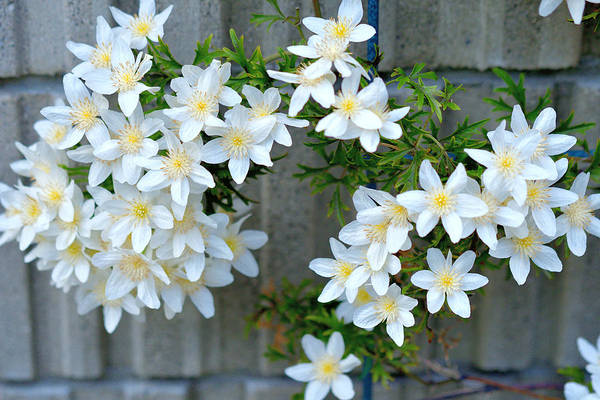
Botanical Name: Clematis terniflora
Fragrant blooms of this perennial vining plant come in shades of white, pink, blue, and purple. It’s a fast-growing vine and is even considered invasive in some eastern parts of the United States. Apart from using it as a privacy shield for home, you can also grow it over the fence or as ground cover.
4. Wisteria
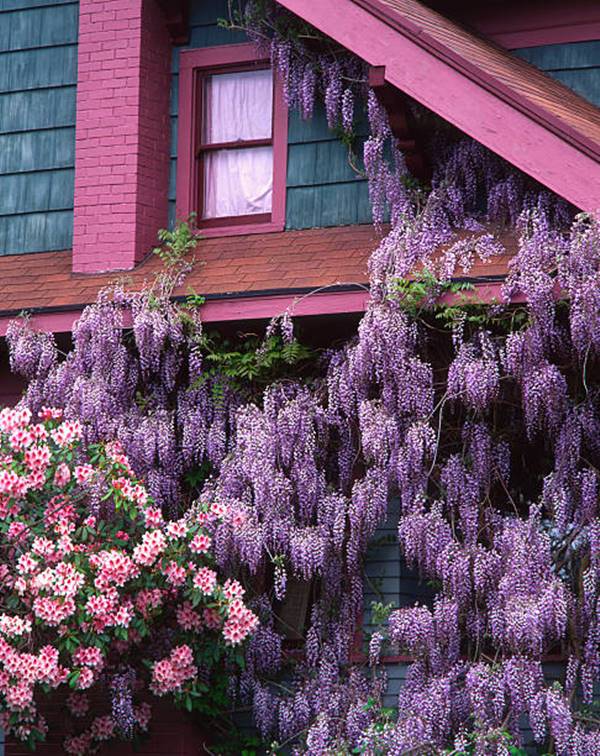
Botanical Name: Wisteria spp.
All are stunning, be it the Chinese wisteria, Japanese wisteria, or any other less popular cultivar of wisteria. Wisteria sports beautiful and fragrant blooms and is a fast grower. Provide some distance between the stems and house as it’s a vigorous grower and fills in nooks and crannies. Go for American or Kentucky wisteria if you are worried about the invasive nature of wisteria.
5. Star Jasmine
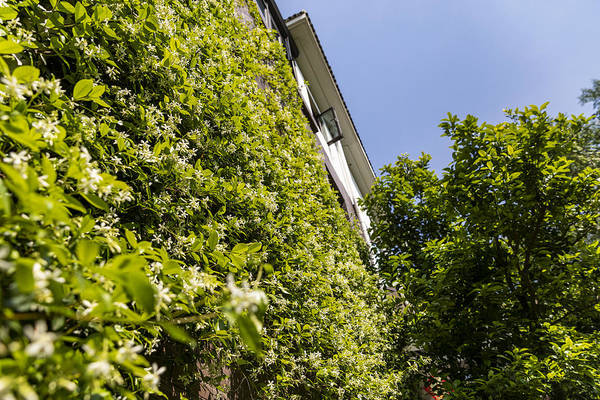
Botanical Name: Trachelospermum jasminoides
Also known as Confederate jasmine, star jasmine bears highly fragrant small white blooms that attract butterflies. Train them as a privacy screen or a decorative vine on doorways and balconies. It has minimal care requirements and does well as ground cover as well.
6. English Ivy
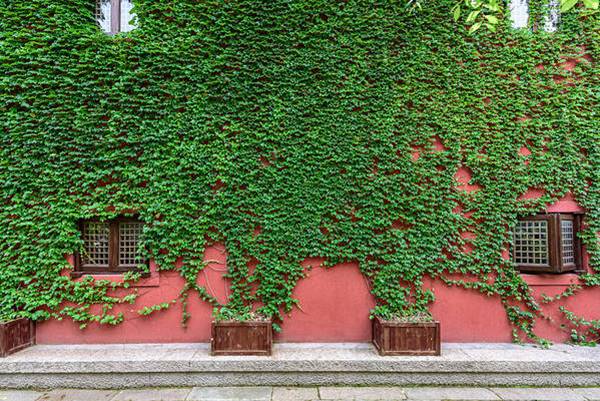
Botanical Name: Hedera helix
English ivy can climb up to whopping 80 feet high when mature, making it an ideal barrier between you can the sun. It does bloom, but the evergreen variegated dark green foliage steals the show. It’s considered invasive in many regions and can cause damage to brickwork and trees, so make sure to consult a local extension office before planting. Also, as per ASPCA, English ivy is toxic to pets and children.
7. Morning Glory
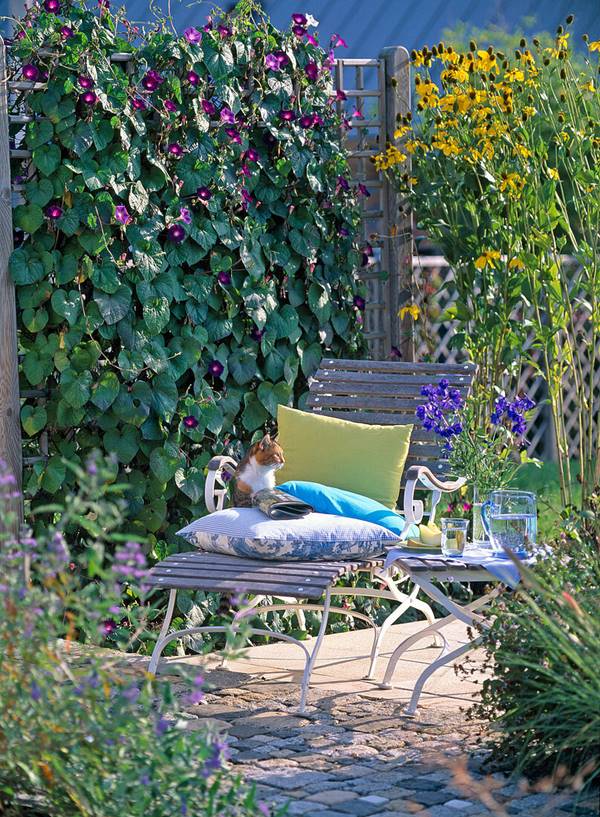
Botanical Name: Ipomoea spp.
With the many cultivars of morning glory, you get an abundance of options, unlike any other vining plant. Funnel-like blooms usually unfurl in the morning hence the name morning glory. Fragrant flowers bloom from early summer to fall and attract butterflies, hummingbirds, and bees to the garden.
8. Climbing Roses
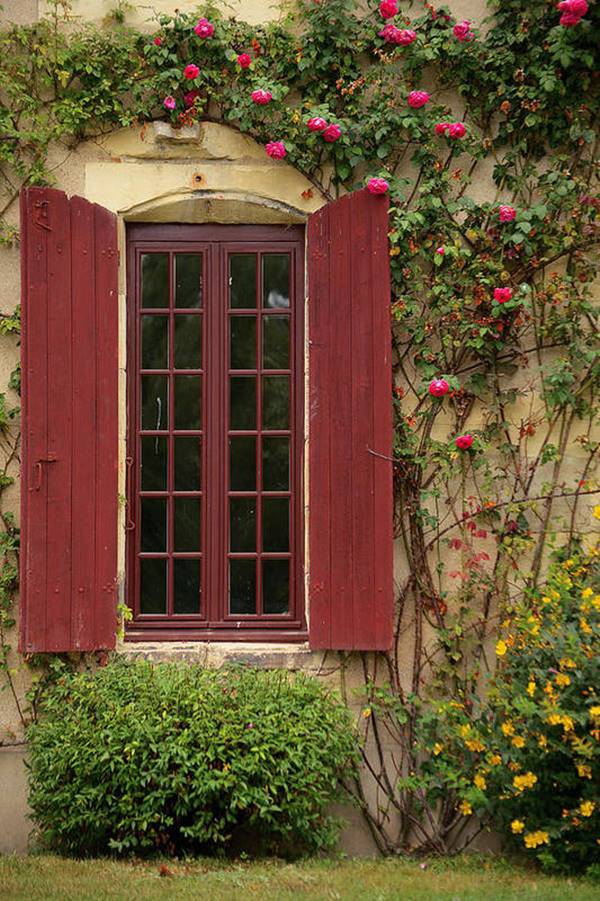
Botanical Name: Rosa setigera
Want a flowering vine that doesn’t attract bees and bugs; then your best bet is climbing roses. The fragrant flowers are glorious and come in shades of pink, purple, red, white, and even orange. Tying the canes to support structure is the best way to keep them upright, as the thorny canes won’t stick well to the vertical support.
9. Butterfly Vine
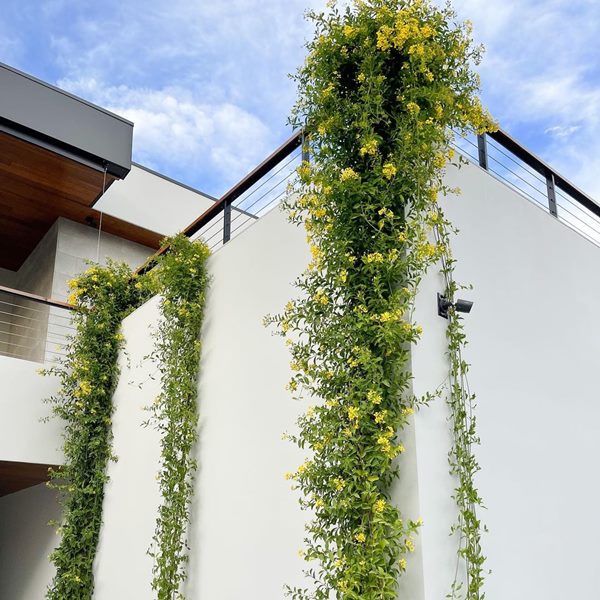
Botanical Name: Mascagnia macroptera
The yellow orchid vine is also known as the butterfly vine, which is heat-tolerant and bears brilliant yellow blooms in late spring. In addition to flowers, it also sports papery seed pods that turn brown in autumn, resembling butterflies and giving this plant a whole different feel. You can grow it in containers and hanging baskets as well.
10. Honeysuckle
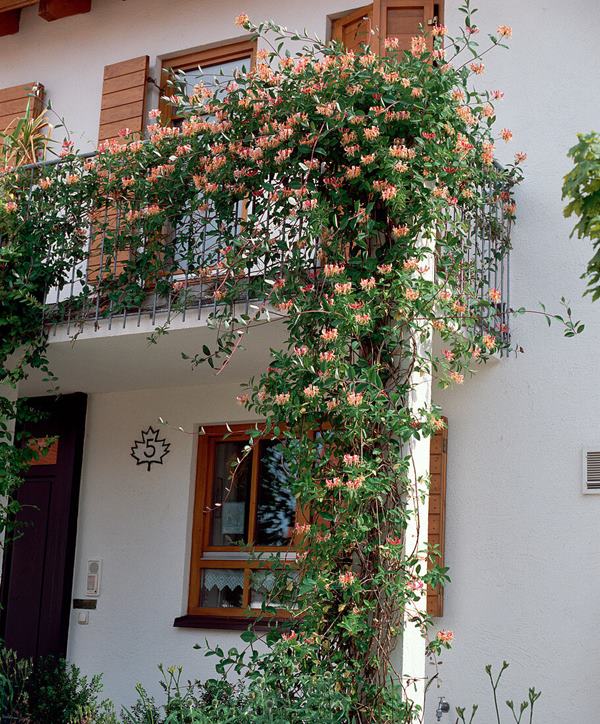
Botanical Name: Lonicera
Honeysuckle can turn your backyard into a fragrant haven, granted the variety is of fragrant honeysuckle. The roots do well in partial shade, whereas the vines prefer full sun. The tubular flowers offer sweet nectar to bees and hummingbirds.
